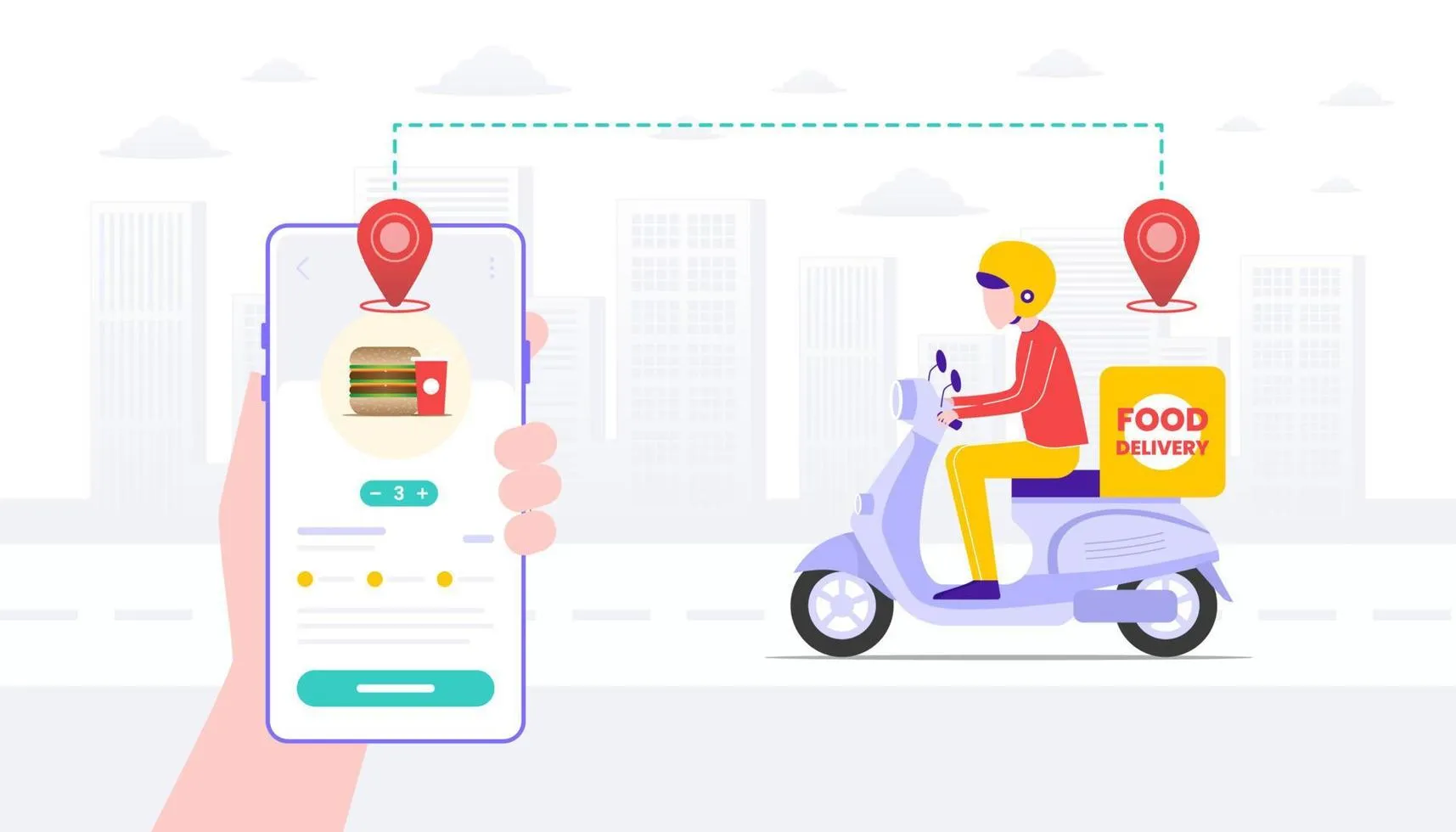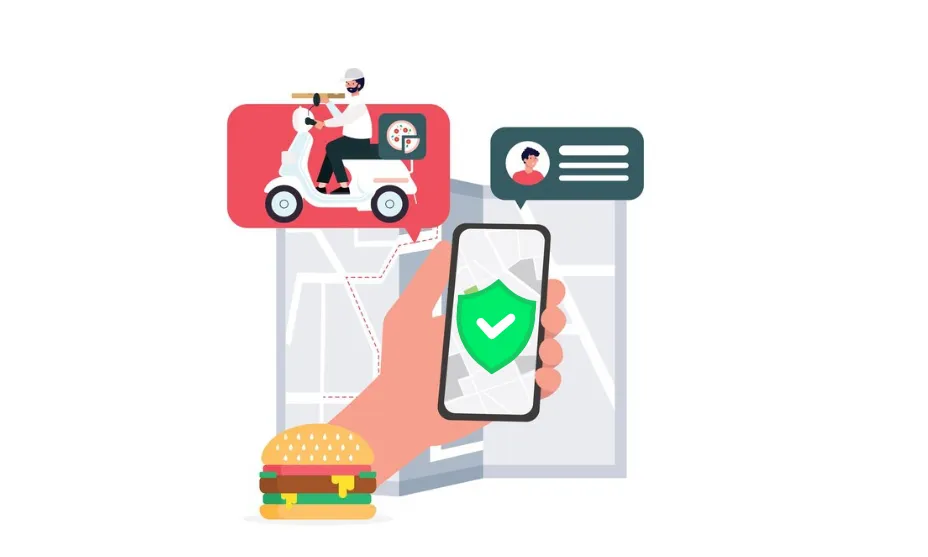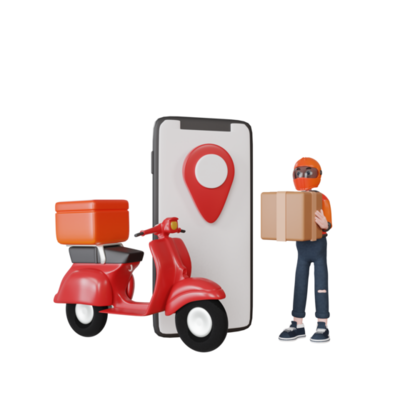Today, testing food delivery apps is not just convenient, but a necessity. Users demand fast loading times, smooth navigation, and flawless functionality. In a competitive market where everyone from local services to international giants vies for a spot on users’ smartphones, reliability is key.
At Celadonsoft, we have dedicated years to developing and testing mobile delivery, logistics, and eCommerce solutions. Quality is not just an option for us, but a necessity for survival in the delivery business. Payment issues, order processing errors, or tracking mistakes can cost your company repeat customers.
Why Did We Create This Guide?
We have crafted this guide to share our approach to testing food delivery apps. This material will be beneficial for:
- Developers and QA engineers working on such products;
- Companies preparing to launch a delivery service;
- Technical teams seeking solutions to enhance product quality without sacrificing development speed.
What’s Inside?
In this article, we will cover:
- Key testing areas to prioritize;
- Consideration of real user behavior scenarios;
- Effective implementation of automation without hindering progress;
- The significance of UX testing in creating a successful product.
Instead of reiterating documentation or discussing obvious points, we aim to showcase practical strategies that work and how we implement them at Celadonsoft.
Application Architecture: The Evaluation of Efficient Testing
When developing and testing food delivery apps, architecture is not just internal organization—it forms the foundation for stability, scalability, and ease of application support. At Celadonsoft, we always begin with architectural analysis because quality testing hinges on a clean and well-conceived architecture.
Modularity = Controllability
A modular architecture allows development and QA teams to work independently and in parallel. We strive to make each major block—authorization, payment system, or order tracking—separate with clearly defined interfaces. This simplifies unit testing and accelerates defect detection.
Moreover, modularity enables swift adaptation to new business requirements without jeopardizing existing functionality. This flexibility is crucial in delivery projects where APIs, business rules, and UI/UX frequently change.
Sophisticated Integrations Need to Be Closely Monitored
Applying delivery for goods entails interfacing with external systems: restaurant locations, payment gateways, third-party delivery services, push notifications. During architectural design, we establish abstraction layers to decouple external dependencies and enhance fault tolerance.
We prioritize rapid testing and validation of external APIs in a staging environment, particularly beneficial for automation like API testing and end-to-end scripts.
Built-in Logic Tracking and Testing
On the architectural level, we embed tools for user path logging, monitoring, and tracing. This not only aids QA efforts but also enhances transparency for product teams and support. If a user reports a seemingly “invisible” bug, we have the tools to pinpoint its location.

Functional Testing: Correct Working
Functional testing is crucial for ensuring the user interface functions smoothly. At Celadonsoft, we focus on validating all primary functions—from registration to delivery tracking—to ensure seamless user interactions.
Our approach to functional testing includes:
Registration and Authorization
We rigorously test all registration scenarios:
- Using email and password;
- Through social networks (OAuth);
- Implementing two-factor authentication.
We pay special attention to edge cases like re-registration with a previously used email, invalid inputs, and password recovery. Additionally, we test session behavior and logout processes.
Search and Filter
Efficient search and filtering are essential for users to find desired items quickly. We verify:
- The accuracy of filtering by categories, tags, and cuisine types;
- The relevance and completeness of search results;
- The system’s stability with large data volumes.
We also assess behavior on faulty inputs and null returns using mobile analytics tools, crucial for a seamless user experience.
Booking
The booking process is the core of the app. We test the entire user flow, including:
- Adding and removing items from the cart;
- Applying promo codes and discounts;
- Selecting delivery options and time slots;
- Editing orders before and after confirmation.
We simulate scenarios where users navigate away from the checkout screen, return, modify orders, and handle push notifications.
Payments
Financial transactions require special scrutiny. We validate:
- Seamless integration with payment gateways (e.g., Stripe, PayPal);
- App behavior in error scenarios (cancellations, insufficient balance, connection loss);
- Refunds and accurate display of transaction statuses.
We ensure all transactions are secure, sensitive information is not stored locally, and data is transmitted securely.
Order Tracking
After registration, users expect timely delivery and actively utilize tracking features. We monitor:
- Real-time order status updates from confirmation to delivery;
- Accurate courier location tracking;
- System responses to unforeseen circumstances like order cancellations, delays, or courier changes.
We meticulously synchronize the backend, user interface, and courier app to ensure timely updates—crucial for user satisfaction.
Performance Testing: Stability Under Load
Performance is paramount for food delivery apps. Users expect swift responses, especially during peak hours. Delayed menu loading or payment processing can lead to lost orders and customers. At Celadonsoft, we adopt a comprehensive performance testing approach focusing on real-world conditions and solution scalability.

Load Testing: What Will the Application Do Under Load?
We simulate high-load scenarios—e.g., peak holiday orders or sudden promotions. Using tools like JMeter, Gatling, and Locust, we replicate thousands of concurrent user connections and analyze the system’s response:
- Backend resilience under heavy request loads;
- API response times and performance degradation at high loads;
- Database performance under intense resource competition.
The system should not only withstand the load but also ensure smooth operation even during high traffic periods.
Response Time: Speed = Confidence
We monitor key response times:
- Home screen loading times;
- Server response times for food searches;
- Checkout and order confirmation durations;
- Real-time mapping and geolocation performance.
If the app is slow to respond on mobile networks, it’s a bug. We test for various network speeds and instabilities (3G/4G/5G) to ensure a consistent user experience.
Optimization of Resource Usage
High performance involves not just speed but efficiency. We optimize:
- RAM usage;
- Processor utilization;
- Energy consumption during extended sessions;
- Battery usage for background tasks (e.g., delivery tracking).
Security Testing: Protection of User Data
In food delivery apps, security is not just a checkbox—it’s crucial for user trust and regulatory compliance. At Celadonsoft, we approach security testing as a multi-layered process. Here are key areas we thoroughly assess throughout the project:

1. Data Encryption in All Aspects
Data transmission and storage are high-risk areas. We ensure the app is TLS 1.2+ enabled for secure data transmission and employs robust encryption algorithms (e.g., AES-256) for sensitive data storage—from user profiles to payment details.
We also scrutinize local storage mechanisms like cookies, SharedPreferences, and Keychain to prevent data leaks.
2. Authentication and Session Management
We assess the strength of authentication mechanisms, be it OAuth, SMS codes, or two-factor authentication. We focus on thwarting brute-force attacks and token interception.
Effective session management is also crucial. Sessions should terminate correctly upon user logout or after a predetermined period. We verify there are no vulnerabilities post-session termination (e.g., tokens in device memory).
3. Access Control and Authorization
At the backend level, we ensure all API requests go through proper access control mechanisms. We validate that altered requests cannot view others’ orders, modify delivery statuses, or bypass restrictions.
This becomes especially pertinent with varied user roles like clients, couriers, operators, and administrators. We scrutinize role-based segregation and access control at every stage.
4. Common Vulnerabilities Protection
We adhere to the OWASP Mobile Top 10 guidelines for testing, focusing on defenses against:
- Injection attacks (SQL, Command);
- XSS and CSRF vulnerabilities (for web interfaces);
- Unsafe serialization practices;
- Data leaks through external libraries.
We also conduct code analysis to identify bookmarks, debug interfaces, and leftover test keys that could pose security risks.
5. Regulatory Compliance
For global projects, compliance with international standards like GDPR, CCPA, or PCI DSS is essential. We not only ensure compliance but also provide technical recommendations for implementing necessary mechanisms—from consent management systems to incident reporting protocols.
User Interface Testing: Convenience and Accessibility
When users open a food delivery app, they expect simplicity, speed, and clarity. For us, testing the user interface (UI) is not just a task but a top priority.
- Usability: We test the interface’s user-friendliness for various user types, from one-time customers to daily users. We focus on user flow logic, pre-ordering steps, icon clarity, button functionality, and visual hierarchy.
- Cross-platform: We test the UI across different devices and operating systems to ensure a consistent experience for all users.
- Adaptability and responsiveness: The app should function and look great on both tablets and smartphones. We evaluate how interface elements scale and adapt to various screen sizes.
- Accessibility: We adhere to WCAG guidelines, incorporating screen readers, contrast themes, and other accessibility features in our testing to cater to a broad audience.
Field Testing: At the User’s Doorstep
Real users bring real challenges. Our goal is to anticipate and address any scenario. We take testing out of the lab and replicate real-world conditions where the app will be used.

Network Conditions: 5G to Edge
We simulate various internet speeds and observe how the app responds to connection losses, Wi-Fi/mobile network switches, and prolonged inactivity. This is crucial for functionalities like real-time delivery tracking.
Geography and Localization
Cities have unique characteristics. We validate the app for time zones, currencies, localized content, address formats, and phone numbers. Multi-language support and regional scenario adaptations are integral parts of our testing regimen.
User Behavior: Test the Case of Life
We create scenarios based on
